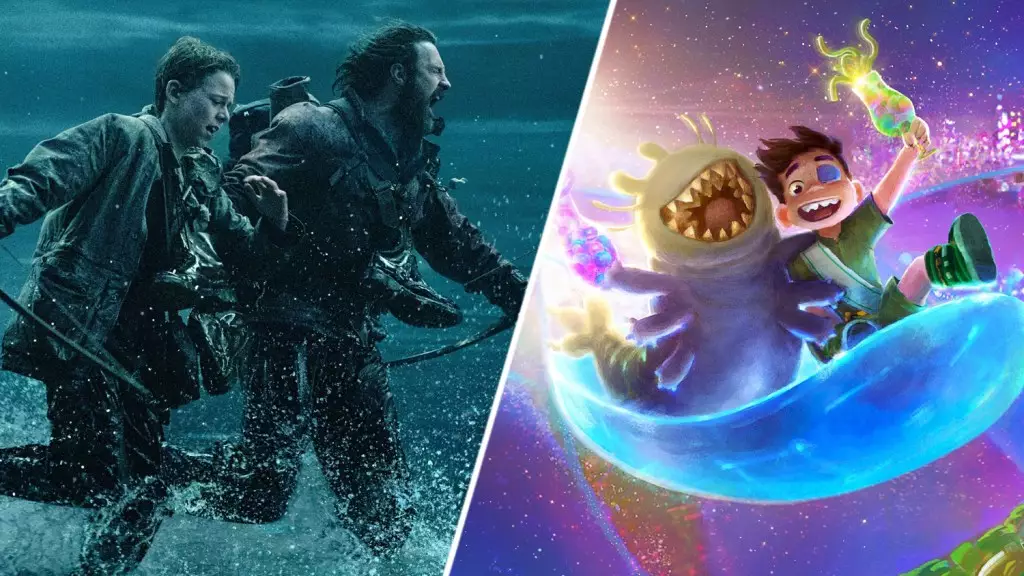Sony’s “28 Years Later” has made quite the impression, raking in over $5 million in preview grosses, signaling a robust audience desire for horror. However, it’s not just a matter of raw numbers; the context matters significantly. A slight comparison with New Line’s “Final Destination: Bloodlines,” which captured $5.5 million in previews, allows one to view the scope of expectations through a more critical lens. While horror movies commonly experience front-loaded earnings, it’s worth considering whether “28 Years Later” can maintain momentum given its mixed reception from audiences on Rotten Tomatoes, which currently sits at a mere 67%. These discrepancies between audience and critic reviews pose a fascinating conundrum in the world of horror—can critical acclaim translate into lasting box office success?
The Clash of Generations: Legacy vs. Innovation in Franchises
Danny Boyle’s return to the director’s chair after two decades is commendable, marking a full-circle moment in the franchise that started with “28 Days Later.” However, the question arises: how do audiences resonate with revisited themes in a saturated market? Boyle’s effort aims to capture a new generation while appeasing nostalgic fans, but the mixed audience scores suggest a disconnect. This divide may stem from an audience craving more than recycled thrills—they want innovation. Adding to this dilemma, “Final Destination: Bloodlines” achieves success not just from sheer entertainment but from an organic connection to its audience, with ratings of 92% from critics and an impressive 87% from viewers. Will “28 Years Later” manage to bridge this gap, or will it falter under the weight of expectation?
Pixar’s Elio: A New Dawn Amidst Stiff Competition
Conversely, Pixar’s “Elio” vacillates between mild anticipation and quiet skepticism as it gears up for its premiere. After generating about $3 million from previews, one can’t help but compare its journey with what famously transpired with “Elemental.” Though early reviews remain solidly optimistic at 86%, it’s undeniable that Pixar now finds itself facing a heightened demand for originality. In a landscape where animated films often echo previous successes, the creative audacity of “Elio” may be its best asset—or its downfall. While fans eagerly hope for another runaway hit reminiscent of “Elemental,” the film’s success hinges on its ability to craft a unique narrative that resonates broadly, not just within the confines of the typical family crowd.
The Challenge of Sustaining Audience Engagement
The box office performance of both “28 Years Later” and “Elio” emphasizes a critical truth: audience engagement is becoming increasingly ephemeral. Simply delivering a nostalgia-laden product might capture initial ticket sales, but it’s the ongoing conversation around these films that will determine their pastiche in movie history. The lucrative early numbers could ultimately disguise underlying issues of creative stagnation or audience disconnection. As the weekend unfolds, these films must not only entertain but also evoke deeper emotional responses that lead to long-term audience loyalty; this is vital for any film aspiring to greatness in an increasingly competitive landscape.
In a reporting landscape that often focuses merely on numbers, it is crucial to analyze emotional reception and artistic merit alongside financial success. The evolving dynamics will doubtlessly shape future productions, pushing creators to innovate while drawing lessons from both history and audience sentiments. The question lingers: will the industry heed these lessons in time?

